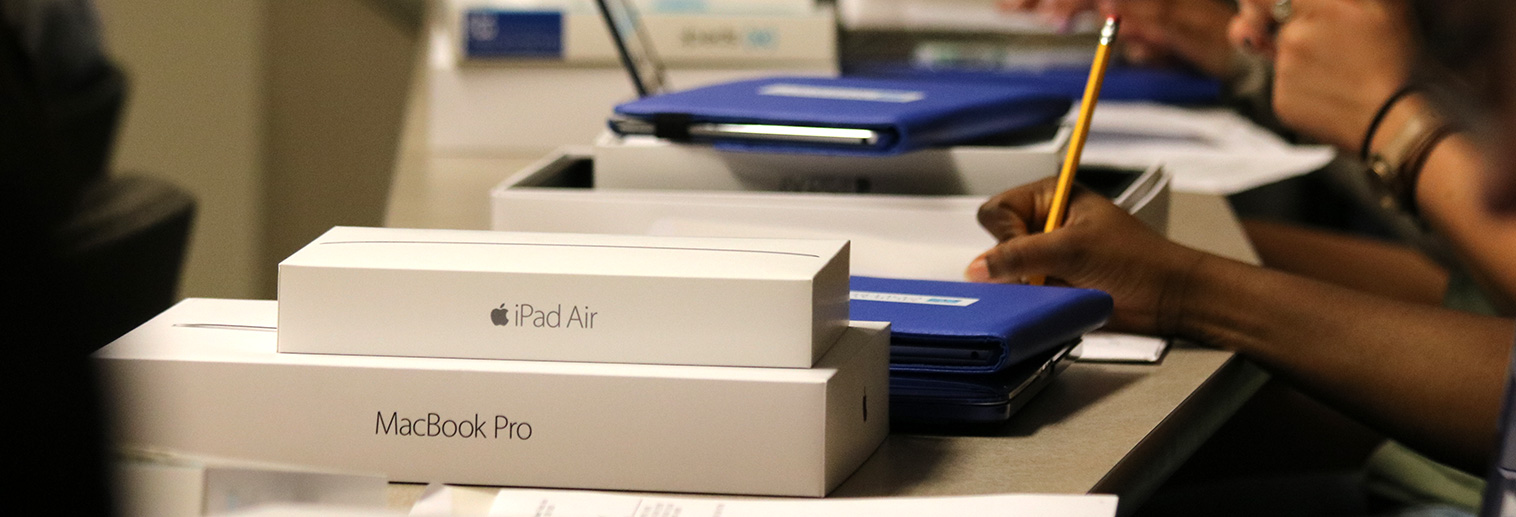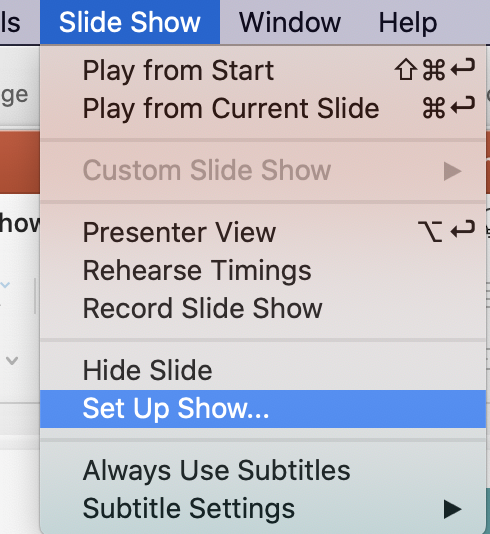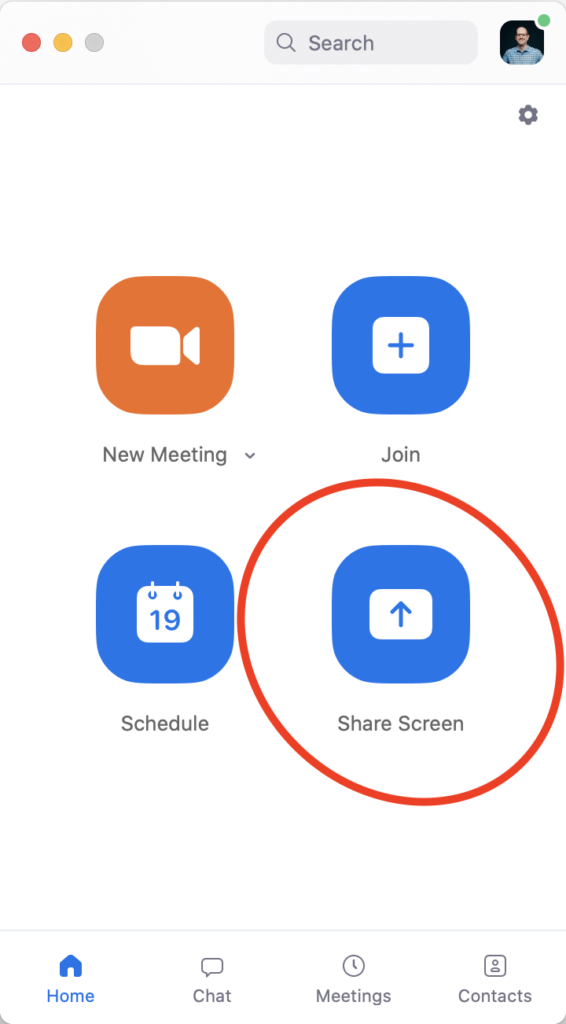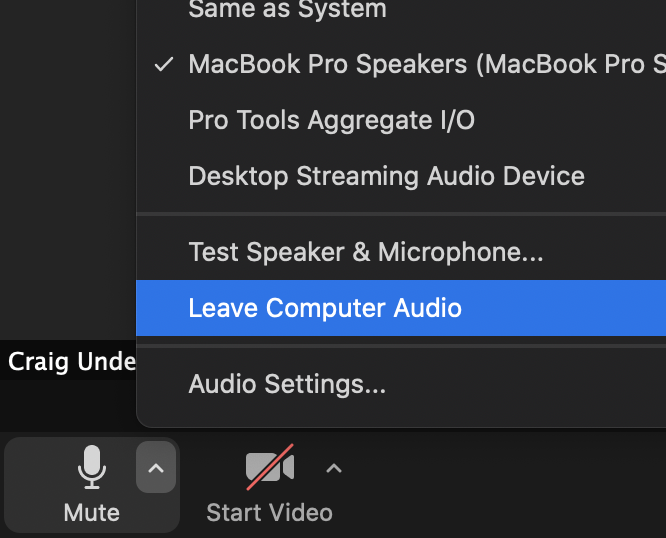
By Craig Underwood
Now that we’ve made it through the first week of the “spring” semester, here’s hoping Punxsutawney Phil tells us we’ll have better weather in 6 weeks! Even if we don’t have better weather, we hope to provide a better tech experience in the classroom. With that in mind, here are some of the top questions we received over the past week:
I can’t hear anyone / anything.
Zoom has a tendency to forget the proper audio settings. So we recommend double checking them each and every time you start a Zoom meeting. Referencing the small note card in the classroom, match up the Speaker and Microphone settings in Zoom. Just click on the up-arrow next to the Mute button:
Don’t forget about the “Test Speaker & Microphone” option in that menu too.
For more details, check out our Knowledge Base article: https://moravian.service-now.com/kb_view.do?sysparm_article=KB0010525

I’m trying to share my PowerPoint presentation, but it’s sharing my presenter view instead of the main presentation.
Like PEMDAS in mathematics, order of operations is crucial for getting the right result! Start your presentation first, and then share your screen via Zoom. If you share your screen first and then start your presentation, Zoom tends to get confused and share the wrong screen.
For an even better experience, set up your slide show to present to a window (this is found in the Slide Show → Set Up Slideshow menu box):
As before, start your presentation and then click Share Screen in Zoom. You can choose to share just the presentation window without sharing your entire desktop.

How can I share my iPad / MacBook / other device when I’m running Zoom from the classroom computer?
Zoom gives you a number of ways to do this. Each has its advantages and disadvantages. Choose the one that works best for your situation:

- http://zoom.us/share is an easy way to share your screen. It automatically disables your device’s mic and speaker audio so you won’t have any issues in the classroom. You will need to manually enter the meeting ID and passcode. Once you stop sharing, it disconnects from the meeting.
- Zoom app’s Screen Share button. Like http://zoom.us/share, it too automatically disables your mic and speakers to prevent audio problems. Try this on your iPad or iPhone.
- Join a meeting in the traditional way from your second device, then immediately “Leave Computer Audio” to prevent audio problems.Press the UP arrow next to the Mute button, then click “Leave Computer Audio”. Even if you do this, you can still share your computer audio if you have a YouTube or other video to share. This is a separate option in the Share Screen dialog box. This method of screen sharing gives you the most flexibility if you frequently change what you’re sharing.

I can hear in Zoom, but not anything else from the Mac.
It’s not just Zoom. The Mac itself can sometimes forget its proper audio settings too. You can change this in System Preferences → Sound → Output tab. There, you can select the correct audio output device. In classrooms, this is the same output device on the Zoom audio settings note card (usually something with “Crestron” or “Extron” in the name). It should not be set to “Mac Mini Internal Speakers”.
What other questions do you have? Just ask – we’re here to help! Contact us at 610-861-1500 or help@moravian.edu.